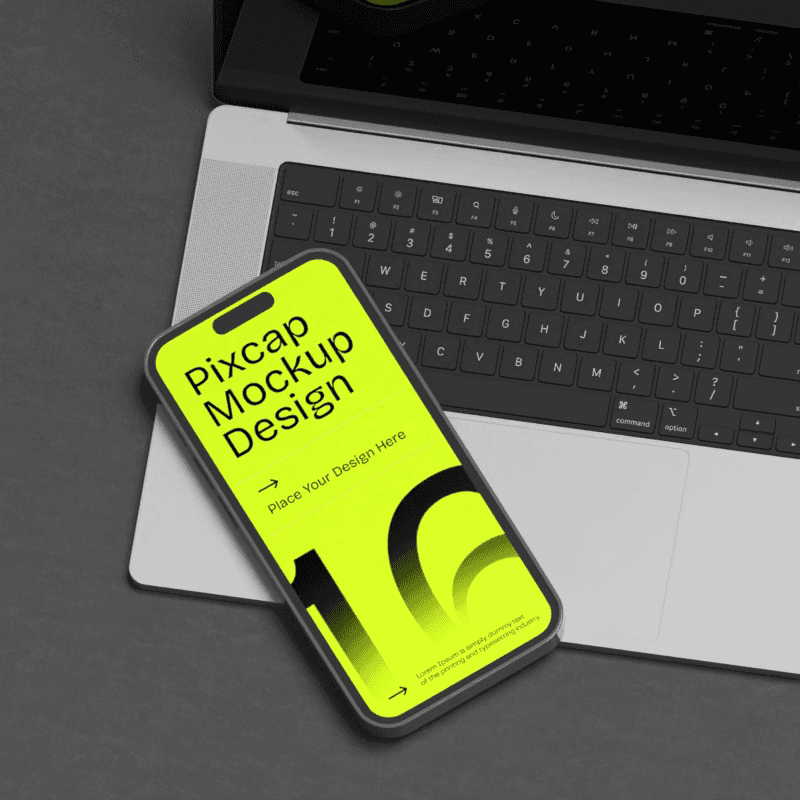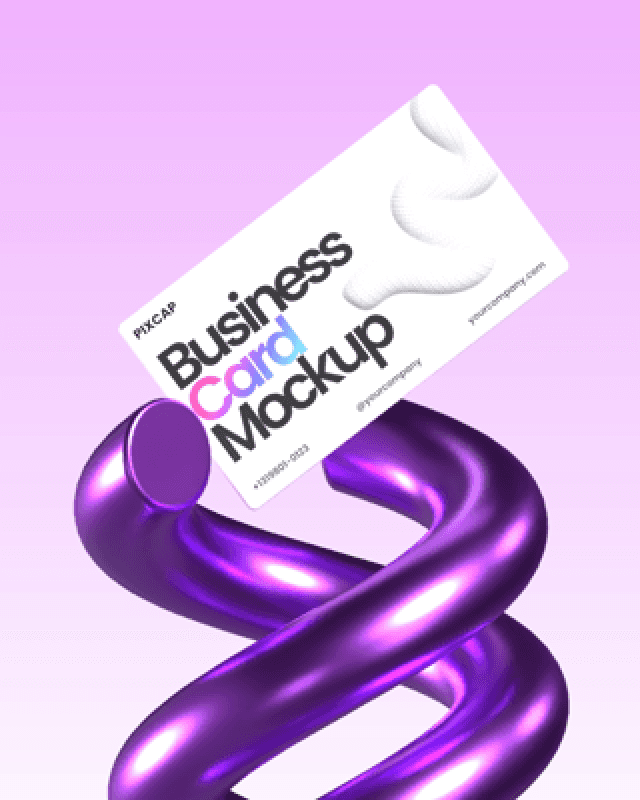Have you ever wondered if clear is a color? It's a common question that sparks discussions among people of all ages.
Some argue that clear cannot be a color because it is simply the absence of color. However, others believe that clear can also be considered a color due to its impact on our perception and how it interacts with other colors.
In this article, we will explore the science behind transparency and its role in color theory. So, is clear a color? Let's find out.
Is Clear a Color?
When we say something is clear, we are referring to its transparency or lack of opacity. In simple terms, it means that light can pass through it easily without any distortion.
Now that we have a better understanding of what clear means, let's answer the question: Is clear considered a color?
No, clear is not a color in the traditional sense. It does not have its own wavelength on the visible light spectrum like red, blue, green or pink. Instead, it is a property that affects how we perceive color.
Think of clear as a modifier rather than a standalone color. When an object is clear, it allows light to pass through it without any obstruction, making the colors behind or around it more visible. For example, a clear glass will not change the color of the liquid inside it but will make it appear more vibrant and true to reflect its actual hue.
Similarly, a clear film or plastic wrap will not change the color of the object it covers, but it can alter our perception of its color depending on how much light is reflected or how light passes absorbed.
The Science of Transparency
To understand why clear cannot be considered a color, we need to delve into the science behind transparency.
Our eyes perceive colors when different wavelengths of light enter them and are then interpreted by our brain. When an object is opaque, it absorbs all the wavelengths of light except for certain ones that give us the perception of color.
But when an object is transparent, it allows all wavelengths of light to pass through, making it appear colorless. In other words, there is no specific wavelength that we can associate with the color "clear."
Even though clear is not a color in itself, it plays a significant role in how we perceive and experience colors. It enhances their brightness and clarity, making them stand out more.
Transparency vs. Color
Transparency can be seen as the opposite of opacity. While opacity blocks light and creates colors, transparency allows light to pass through and enhances colors. It appears it is like a spotlight shining on an object, making it more visible and vivid.
In terms of absorbing and mixing colors, transparent materials will not create new hues, but they can influence the colors they cover. For example, a red transparent film placed over a blue object will make it appear purple because the red light is being absorbed and mixed with the blue light.
Clear vs. Colorless
Some may argue that clear can be considered a colorless color, but this is not entirely accurate.
Colorless means the absence of color, while clear refers to the ability to see through an object. For example, glass is transparent and clear because we can see through it without any obstruction, but it does not have a specific color.
On the other hand, a white sheet of paper may appear colorless because it reflects all the wavelengths of light, but it is not transparent.
Arguments for Clear as a Color
Many would argue that clear is not a color because it is simply the absence of color. However, there are some arguments and perspectives that suggest clear can be considered a color.
One argument is that clear objects can represent transparency or invisibility, which could be seen as an absence of color but also a unique quality or state. Additionally, in product design and packaging, 'clear' or 'transparent' can be used as color descriptors. For example, a clear shampoo bottle may be described as "clear", indicating its lack of pigment.
Ultimately, the classification of clear as a color is subjective and can vary depending on personal beliefs and contexts. What may be considered clear in one situation may not be seen as such in another.
Practical Applications of Clear
Describing Transparency
The term "clear" serves as a crucial descriptor when it comes to characterizing transparent objects. Transparency, the quality of allowing light to pass through an object without significant scattering, enables us to see through materials without distortion. This property is especially valuable in various applications such as windows, eyewear, and screens where clear vision is paramount.
By labeling an object as "clear," it immediately conveys to the user the expectation of unobstructed visibility through the material, signifying purity, cleanliness, and simplicity.
As such, "clear" becomes not just a descriptor but a significant value criterion in industries ranging from construction and automotive to tech gadgetry and household product design.
Design and Aesthetics
The use of "clear" materials, such as clear glass or clear finishes, introduces a modern, sleek look to products and spaces.
Clear elements are often associated with futuristic and minimalism designs, allowing for a visual continuity that can make spaces appear larger and more open. This aesthetic choice typically leverages the natural beauty of the environment or the underlying materials, enabling designers to create pieces that blend seamlessly with their surroundings while highlighting functionality.
Whether in architectural elements, furniture design, or everyday objects, the strategic use of clear colors and materials emphasizes transparency and openness, both physically and metaphorically, inviting a sense of peace and serenity into the space.
Is White a Color?
Another term commonly associated with "clear" is "white." Like clear, white is often used to denote purity and simplicity, but it also has a unique relationship with transparency.
White is technically not considered a color in terms of light because it reflects all wavelengths of visible light equally. However, from a design perspective, white is considered a versatile neutral that can complement other colors while also providing a sense of openness and brightness.
Is Black a Color?
Similar to white, the answer to whether black is a color can vary depending on the context. In terms of light and physics, black is considered the absence of all colors. When no light is present or all wavelengths are absorbed, we see black.
However, in terms of pigments and subtractive color mixing, black can be seen as a color. It is often used to darken or shade other colors in paintings and illustrations.
Conclusion
We've uncovered that "clear" is not scientifically considered a color because it represents a state of transparency rather than a specific hue. However, in color psychology and design, "clear" takes on a whole new meaning and importance. It represents purity, simplicity, and openness - qualities that are highly valued in our daily life.














